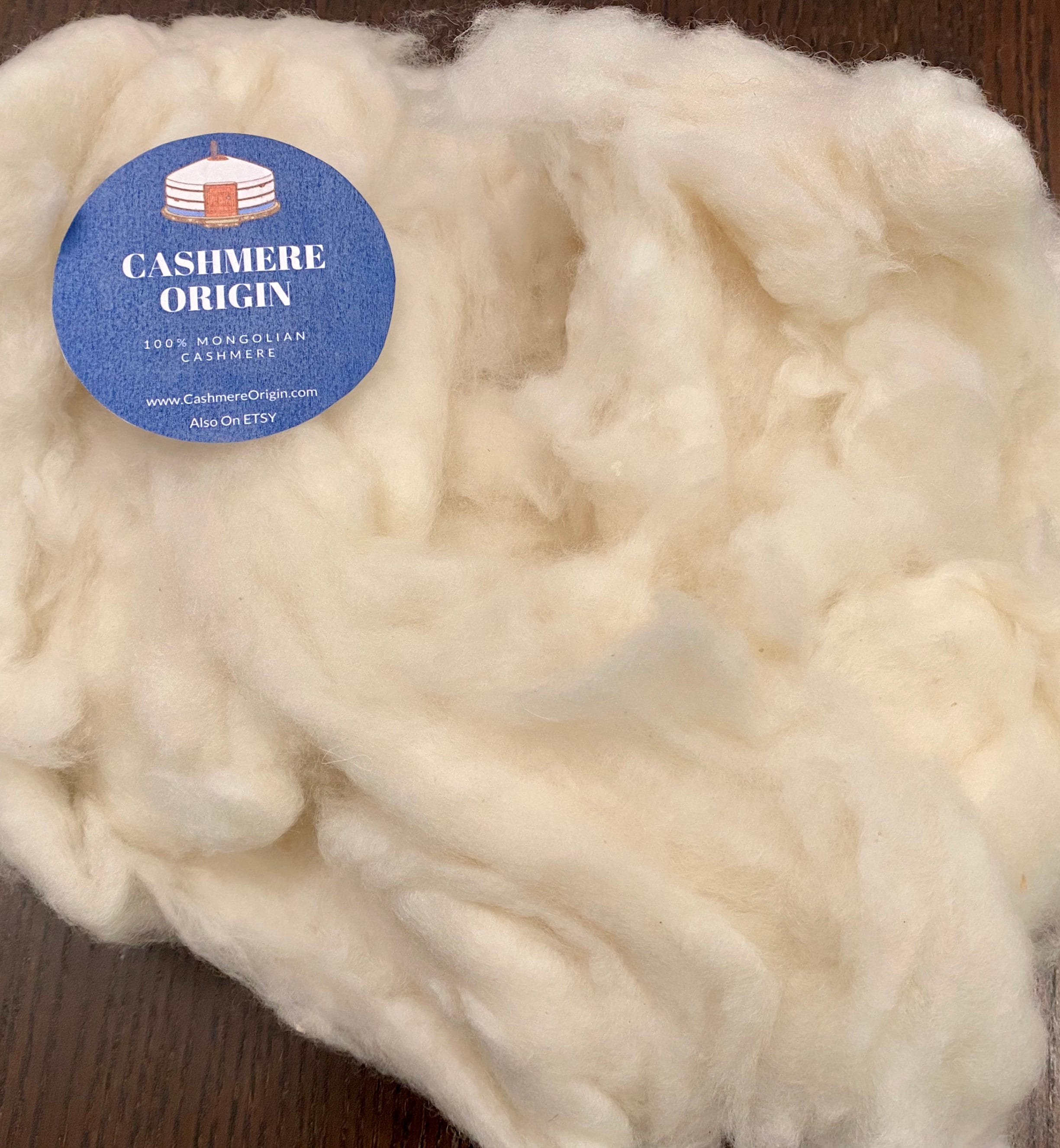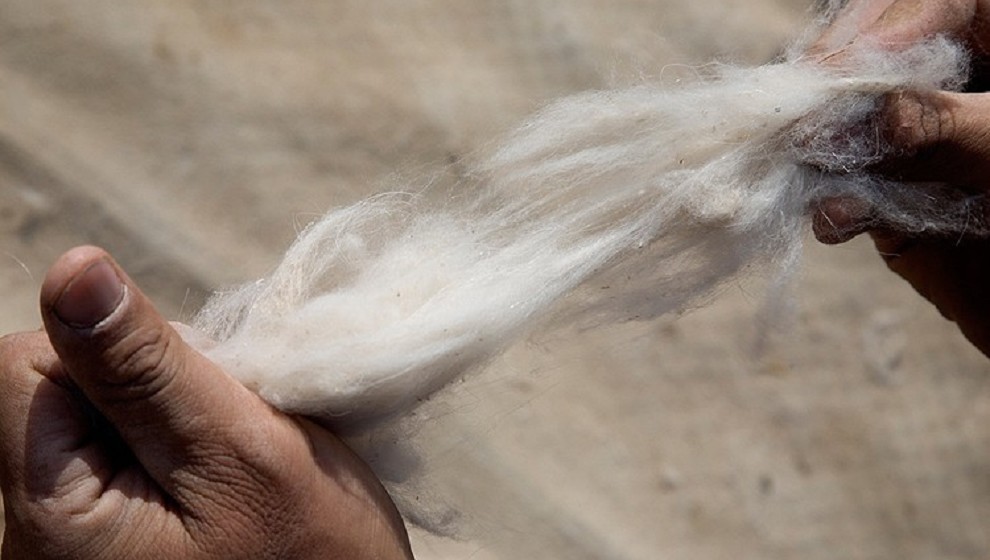Discovering the Various Sorts Of Cashmere an All-natural Fiber for Ultimate High-end
Cashmere, an all-natural fiber, is frequently related to luxury and comfort. Nonetheless, not all cashmere is created equivalent. From the highly soft Mongolian selection to the lightweight warmth of Indian Pashmina, each kind offers its own special features and attraction. The extra budget-friendly Chinese cashmere, the traditional Scottish variation, and the premium Italian mix, all tell a various tale of this impressive fiber. As we untangle the world of cashmere, a deeper understanding of its true value and refinement starts to arise.
Comprehending the Lavish Nature of Cashmere
Cashmere, usually connected with luxury and convenience, holds a distinct attraction in the world of all-natural fibers. Unlike other all-natural fibers, cashmere combines insulation with breathability, offering unmatched comfort throughout varying temperatures. Its glossy coating and soft appearance contribute to its high-end charm, warranting the costs price that usually comes with cashmere garments.
Just What Is Cashmere and Where Does It Originate from?

Given these phenomenal high qualities, one could question the beginning and make-up of this glamorous fiber. Cashmere is acquired from the soft undercoat of cashmere goats, primarily discovered in Mongolia, China, Iran, and Afghanistan - is cashmere a natural fiber. These goats are adjusted to harsh climatic problems, generating an extremely fine, soft underfur as a protection versus the bitter cold. This underfur, or undercoat, is what is collected for cashmere. Each spring, when the goats naturally dropped their winter months layer, farmers comb out the fine underhair, leaving the coarser hair behind. This careful procedure adds to the deficiency and high cost of cashmere. With its origin in the severe landscapes of Asia, cashmere is a testimony to nature's ability to create high-end from misfortune.
Translating the Various Kinds of Cashmere
Recognizing the different kinds of cashmere is key to valuing the top quality and distinct characteristics of this luxurious textile. Normally, cashmere is categorized into 3 kinds: raw, virgin, and recycled. Deciphering these types is the initial step in recognizing the exclusivity and value of cashmere.

The Distinct Attributes of Each Sort Of Cashmere
Having actually discovered the various groups of cashmere, it comes to be noticeable that each type boasts its unique set of characteristics. Mongolian cashmere, for example, is renowned for its superior quality, due to Mongolia's severe winter seasons that produce longer and finer fibers. Conversely, Chinese cashmere is frequently much more economical, though its much shorter fibers can minimize toughness. Scottish cashmere is commemorated for its charming gentleness, a result of the traditional water cleaning procedure utilizing Scotland's soft water. Italian cashmere, meanwhile, is famous for its skillful mixing and tinting techniques, rendering it flexible and vibrant. Indian cashmere, also recognized as Pashmina, is cherished for its incredible agility and warmth. Each kind, hence, adds to the textile's track record for luxury. Resources
Why Cashmere Is the Embodiment of Luxury in vogue
Cashmere holds an esteemed setting in the world of fashion, concerned as an icon see this of luxury and refinement. Its allure is not just in its soft qualities and warmth, however additionally in its rarity and the meticulous process entailed in its procurement. Cashmere is obtained from the great undercoat of Himalayan goats, recognized for their superior high quality fiber. The deficiency of this fiber, combined with the labor-intensive process of collection, contributes to its high cost and unique status. Additionally, cashmere's unmatched comfort and sturdiness make it a desired product in the production of high-end garments. Its natural lightweight and insulating buildings contribute to its desirability, making it the epitome of luxury in fashion.
The Process of Making Cashmere: From Goat to Garment
The journey of cashmere, from being an undercoat of a Himalayan goat to a glamorous garment, is an elaborate one. With the introduction of Continue spring, farmers in Mongolia and China collect the woollen by brushing the goats, guaranteeing no harm is done. The gotten woollen includes coarse external hair and soft downy undercoat. This mix is then painstakingly separated, with just the soft down utilized for cashmere. This raw cashmere is washed, colored and spun into thread. The yarn is then woven or weaved into textiles. The last step entails cleaning and pressing to give the fabric its particular softness and heat. From goat to garment, each step is a testimony to the ability, artistry and perseverance associated with crafting cashmere.

Verdict
To conclude, cashmere, with its natural beauty and unrivaled convenience, rules supreme worldwide of luxury style. The variety in types, varying from the soft Mongolian, light-weight Indian Pashmina, budget-friendly Chinese, conventional Scottish, to the colorful Italian, discloses the adaptability of this natural fiber. The meticulous process of changing it from a goat to a garment additionally contributes to its exclusivity, making cashmere the embodiment of class and luxury.
Cashmere, an all-natural fiber, is typically associated with deluxe and convenience (is cashmere a natural fiber).Cashmere, commonly associated with deluxe and comfort, holds an one-of-a-kind appeal in the globe of natural fibers. Unlike various other natural fibers, cashmere combines insulation with breathability, supplying unequaled comfort across differing temperatures. Cashmere is acquired from the soft undercoat of cashmere goats, mainly located in Mongolia, China, Iran, and Afghanistan. Cashmere is obtained from the great undercoat of Himalayan goats, known for their remarkable quality fiber